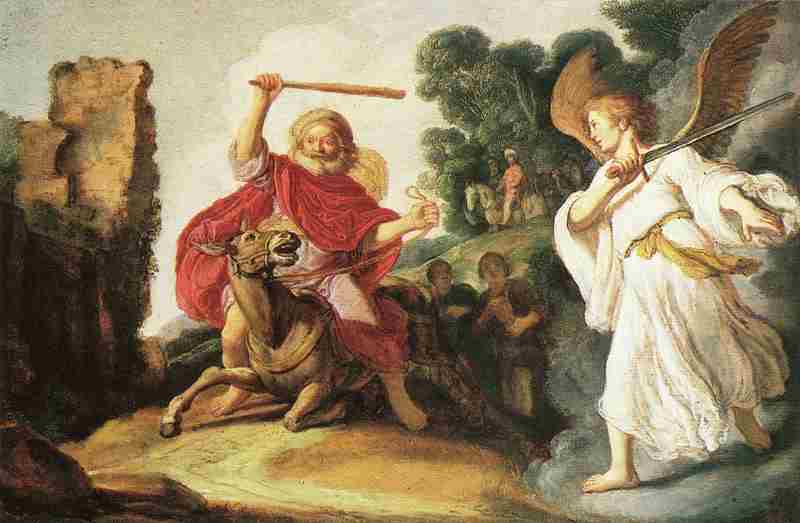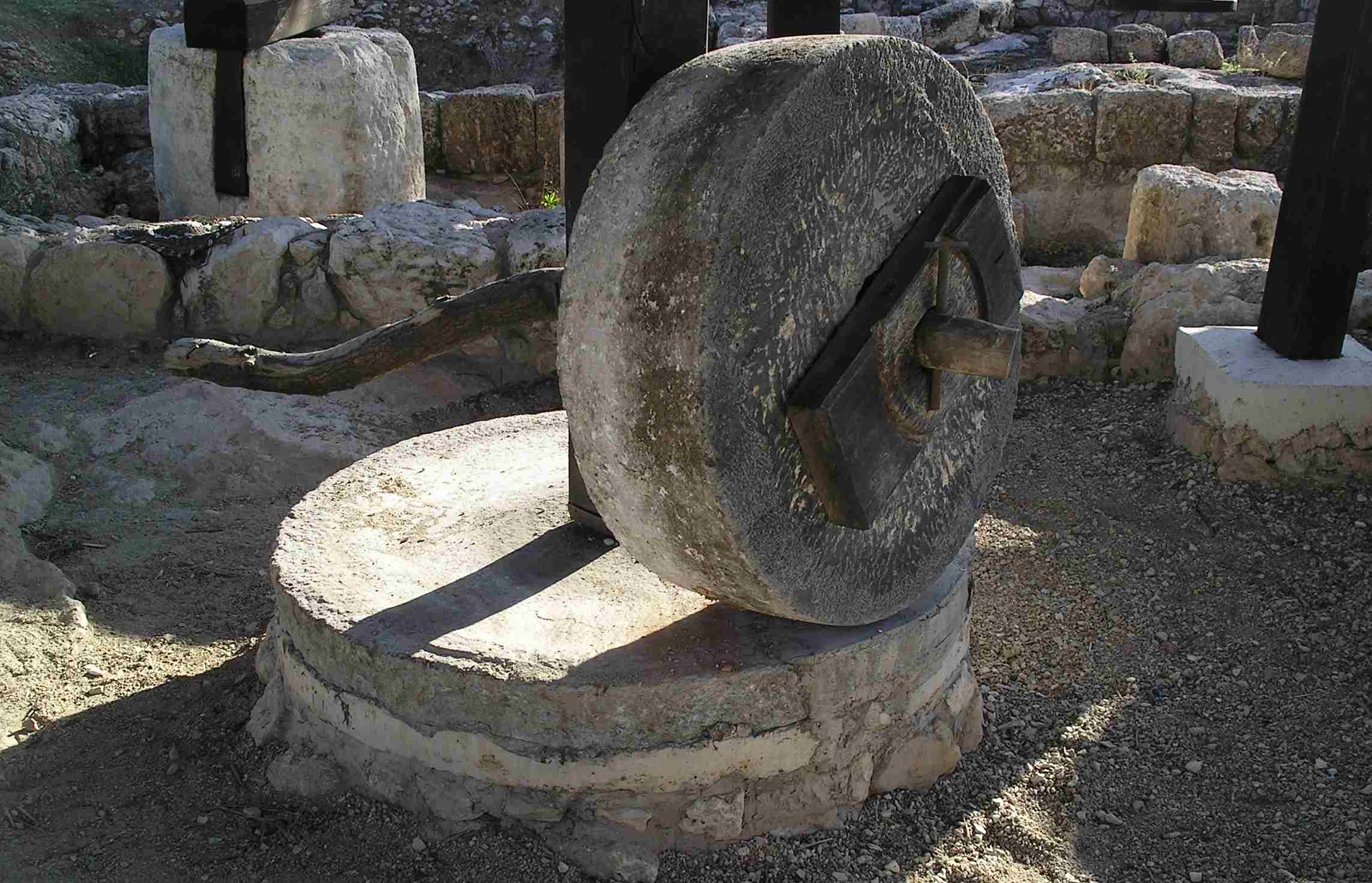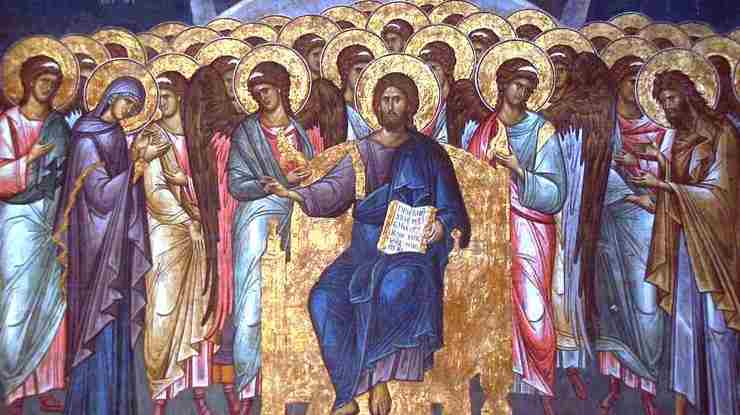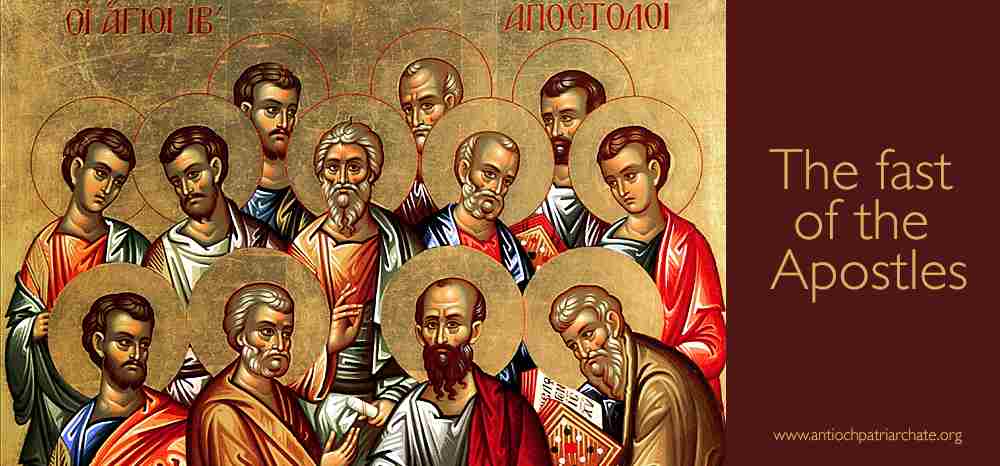
Stumbling Block (V) To Eat or Not to Eat?
Around 50-60 A.D., an interesting dilemma developed in the Church of the Corinthians. Throughout the Roman Empire, animal sacrifices were offered to the pagan gods. Following the ritual offering, the remainder of the animal that was not consumed in the ceremony was sold in the public market places. Christians shopping in the market began to question whether it was permissible to eat things sacrificed to idols. In this article, we will see how St. Paul answered this puzzling question, and, from his response, we will learn a general principle that will aid us in avoiding being a stumbling block.
eb219edb2fcf49a69ae2e2c94c0032e0.jpg)
Stumbling Block (IV) The Stumbling Block of Sexual Immorality
In the previous articles, we discussed what it means to be a stumbling block, and we examined how Balaam and Jezebel were stumbling blocks to Israel and how they led the nation to commit fornication. For this reason, I wish to speak in this article about the most common stumbling block that is still plaguing our community: sexual immorality.

Stumbling Block (III) Jezebel, the Stumbling Block Queen
In the last article, we learned how Balaam, in his greed for power and money, became one of the most infamous stumbling blocks in the Bible. In this article, we will learn of someone else who was worse than Balaam, namely Jezebel. Jezebel was married to King Ahab, so she was the Queen of Israel.

Stumbling Block (II) Balaam, the Stumbling Block Prophet
In the last article, we discussed the concept of stumbling blocks and how God greatly despises those who cause His children to fall into sin. In this article, we will examine one of the two most infamous stumbling blocks in the Bible.

Stumbling Block (1) Don’t Be a Stumbling Block, Be a Building Block
A week before my ordination, my family and I were visiting the monastery of St. Paul, located in the eastern desert of Egypt next to the Red Sea. Our gracious tour guide, a very simple monk, unlocked all the ancient churches and showed us many of the ancient buildings. One room that he showed us was the mill room where the monks of old used to grind wheat to make flour for bread. The monks would place the wheat on a flat stone surface, and then a donkey would pull another huge piece of stone, called the mill stone, to roll over, crush, and grind the wheat as illustrated in the following picture.

I Felt Humbled
I am writing this article from Maseno, west of Kenya, near Lake Victoria. I have with me over forty youth, the majority from Chicago and New Jersey. Bishop Anba Boulos, the bishop of missionary work for the Coptic Church, is hosting us with his generous hospitality. He has a heart flowing with fiery love. God is using him amazingly in the mission work in this area and in many other areas in Africa for the salvation of many souls.

Deification
Deification is the ancient theological word used to describe the process by which a Christian becomes more like God. St. Peter speaks of this process when he writes, "As His divine power has given to us all things that pertain to life and godliness . . . you may be partakers of the divine nature" (2Peter 1:3,4)

The Fast of the Apostles
We read in the Gospel of St. Mark: "The disciples of John and of the Pharisees were fasting. Then they came and said to Him, ‘Why do the disciples of John and of the Pharisees fast, but Your disciples do not fast?’ And Jesus said to them, ‘Can the friends of the bridegroom fast while the bridegroom is with them? As long as they have the bridegroom with them they cannot fast. But the days will come when the bridegroom will be taken away from them, and then they will fast in those days’” (Mark 2:18-20).

We Do Not Wrestle against Flesh and Blood
We, as members in the kingdom of light, are targeted by the kingdom of darkness, and this war will continue till the end of days. This fact must be clear before our eyes at all times: "The children of God and the children of the devil are manifest" (1 Jn. 3:10); and "You will know them by their fruits. Do men gather grapes from thorn bushes or figs from thistles? Even so, every good tree bears good fruit, but a bad tree bears bad fruit" (Mt. 7:16-17).

Spiritual Fortress Part III: Call for Backup
In the previous articles, we discussed the first two steps of an emergency plan to protect ourselves from the attacks of demons. The first step of the emergency plan is to flee from temptation; the next step is to seek refuge in our spiritual fortress – the church. In this article, we will discuss the last step of the emergency plan, which is to call for backup.

Spiritual Fortress Part II: Seek Refuge in the Fortress
In the last article, we discussed the concept of having a spiritual fortress and constructing an emergency plan to protect ourselves from the attack of the demons. The first step of the emergency plan is to flee from temptation, but where should one fleeing temptation go? In this article, we will discuss the second step of the emergency plan, which is to seek refuge inside the fortress just like the monks who used to take refuge in their fortresses when the barbarians attacked.

Spiritual Fortress Part I: Flee
A common feature of our ancient Egyptian monasteries is that each monastery contains a fortress. Though rarely used in such capacity today, the purpose of the fortress was to harbor the monks during raids by savage barbarians. The fortress is a tall building with very thick walls and narrow windows. The only entrance to the fortress is through a door located on the 2nd floor that is accessible only by a drawbridge from the neighboring building. When invaders would arrive, the monks would sound the bell, run into the fortress, pull up the drawbridge, and close the door. Once the drawbridge was lifted, the attackers were unable to access the fortress, and hence the monks were safe from their perilous enemies. Since the monks would potentially spend days to weeks in the fortress, there was a place for sleeping, storage for food, and, most importantly, altars for the monks to continue their prayers.